All of us deal with food in one way or another. Most of the time when we do, we don’t handle it properly, which can put ourselves and others at risk of bacterial food illnesses. Follow these four steps from the USDA to maintain a clean kitchen.
Clean
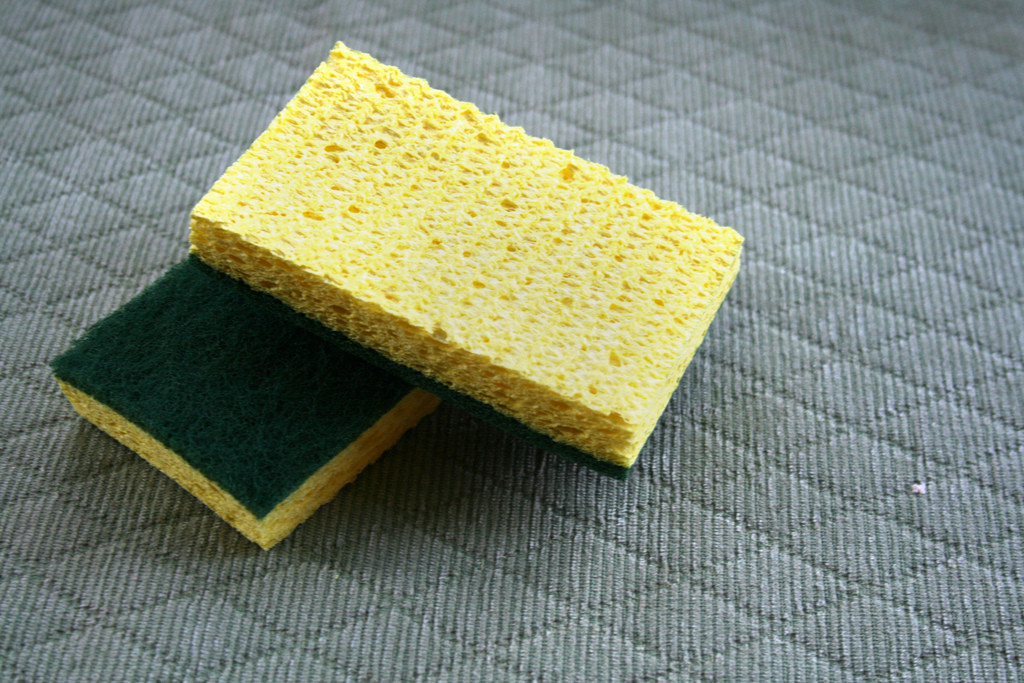
Photo by Alex Tom
We all know that we need to do this, but we still don’t. Cleaning your cooking space and yourself before you begin the cooking process is a necessary step to do both before and after cooking. Germs live on every surface of our hands, counters, and cutting boards. Not properly sanitizing these surfaces is the most common way germs begin to invade our lives.
To make sure your kitchen or cooking area is in tip top shape, clean each cooking utensil with hot soapy water. This goes for your hands too. Run those babies under warm or hot water and then apply soap. Scrub with the soap for about twenty seconds and then rinse. For extra scrubbing power, use a small brush to clean out any dirt and grime that is living under your finger nails. Use a paper towel or clean dish towel to dry your hands.
Speaking of towels, they should be replaced daily. Bacteria can grow on them overnight. When using your towels be aware of what is being wiped with them. If you use them to wipe your counter, you should not use them to dry your clean hands.
When dealing with fruits and veggies make sure to rinse them before cutting. Harmful bacteria that lives on the outside of the food can work its way in to the middle when cut. So even if you plan on eating the peel, rinse first just to be safe.
Separate
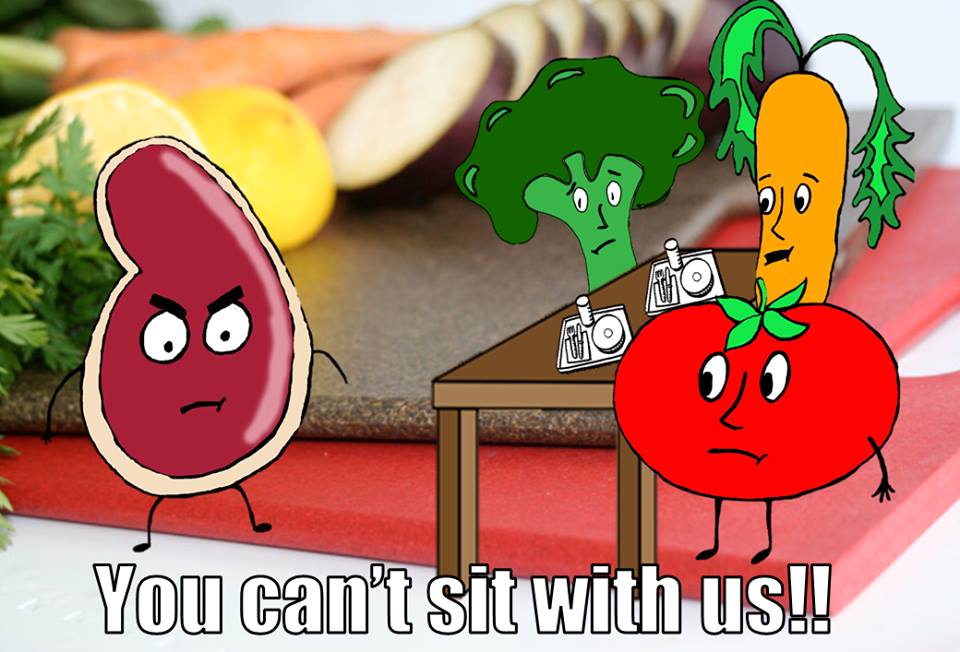
Photo courtesy of Foodsafety.gov on Facebook.com
Separating your food begins when you buy it at the grocery store. Put raw meats, eggs, poultry, and seafood in a different part of your cart that you would put your fruits and veggies. At checkout make sure to put these foods in separate bags so that if they leak, the juices won’t get all over your other goodies. Also, placing fresh produce in the plastic bags provided can help protect them from anything that has been spilled on the conveyor belt.
#SpoonTip: If using reusable bags, remember to wash them occasionally. Groceries can spill in the bags and grow bacteria if left unwashed.
When putting your groceries away, make sure to put any raw meats or eggs on the bottom shelf, that way if the juices leak or an egg cracks it wont drip on that chocolate cake your roommate made.
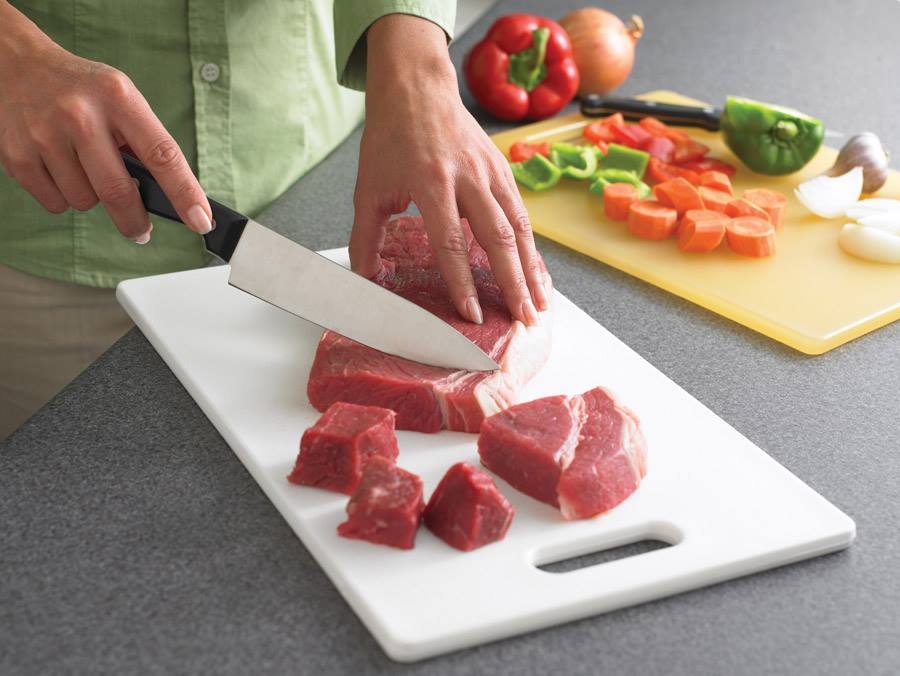
Photo courtesy of Foodsafety.gov on Facebook.com
Finally, separate while cooking. This is probably the most important aspect of separation. Have two separate cutting boards for fruits and veggies and another for raw meats. This will help avoid cross contamination.
Cross contamination occurs when bacteria from one food unintentionally gets onto another food. You can avoid contamination by having two separate cutting boards . Remember that once you have thoroughly worn out a cutting board replace it. Bacteria can hide in the small gouges that have been created by your knife.
Contamination can also occur by using the same plate or dish over and over again. If grilling, use a different plate to place the cooked burgers on, rather than using the same plate that the raw beef was on.
Cook
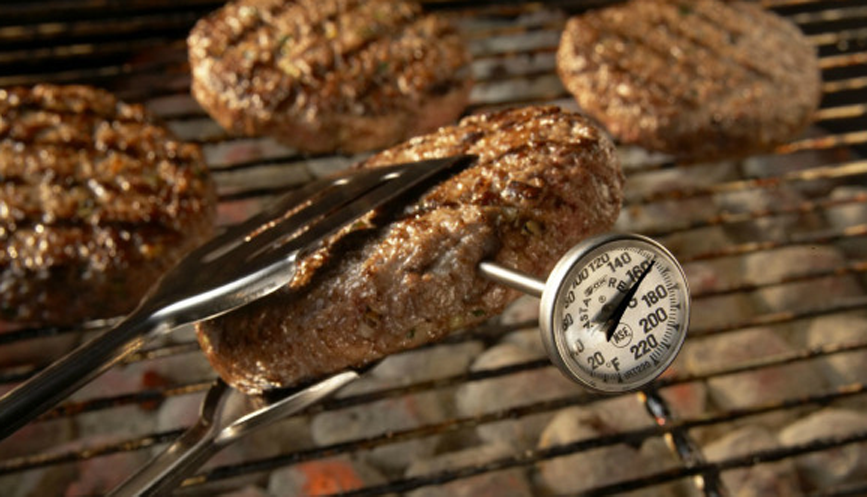
Photo courtesy of Foodsafety.gov on Facebook.com
Now we finally get to the good part: cooking. Cooking is essential in food safety. As it says at the bottom of many restaurant menu’s “consuming raw meat, poultry, seafood, shellfish, or egg may increase risk of food born illnesses.”
For most college kids, if that patty looks done on the outside we’ll go for it and begin chowing down. If we want to be as cautious as possible we would invest in a food thermometer, they only cost around four bucks. Most of these thermometers will come with a paper that gives the safe to eat temperature of chicken, beef, duck (if you’re feeling adventurous), and many more meats. This can be a real lifesaver especially for Friends-giving or events like that. After all, you don’t want to poison all of your buds!
After you have cooked your meal, make sure to keep it warm if you plan on continuing to eat. If you know that you won’t finish it, put it in a Tupperware and place it in the fridge. Bacteria actually has an easier time growing as food begins to cool down so make sure to keep it hot if you want to continue to munch.
Chill
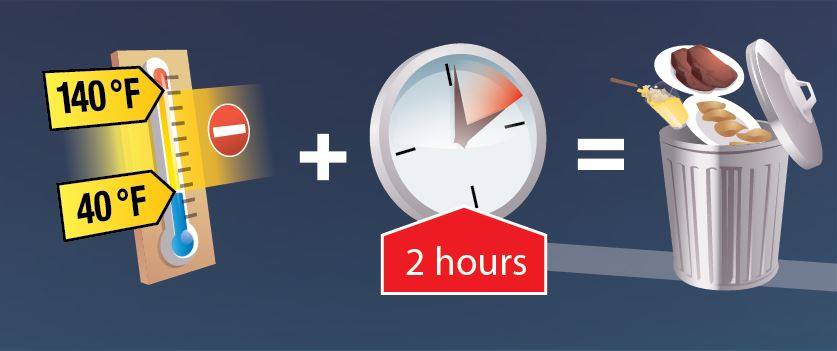
Photo courtesy of Foodsafety.gov on Facebook.com
Keeping your foods chilled can slow bacteria growth and therefore create safer leftovers. All foods should be stored within two hours of cooking and when storing food try to pack them in small containers rather than one large one. Larger containers take longer to cool. The “danger zone” of most foods is between 40°F and 140°F. Anything in this range is at risk for bacterial growth which puts you at risk for a bad stomach ache or worse.
When thawing meat, it is best to thaw it in the refrigerator. Leaving meat on the counter when thawing can allow bacteria to grow at room temperature. If rushed to cook you can speed up the thawing process by placing the meat in a plastic bag and soaking it in cool water in the fridge. The water should be replaced and new cool water added occasionally.
The fastest and safest method to thawing is either by placing the meat in the microwave or cooking without thawing.If you go the cooking without thawing method, make sure to whip out that thermometer and make sure it is cooked thoroughly.

Gif courtesy of gipfy.com
Food is complicated and can be risky at times, but its totally worth it. Keep these helpful hints in mind and get to cookin’. You got it dude!


